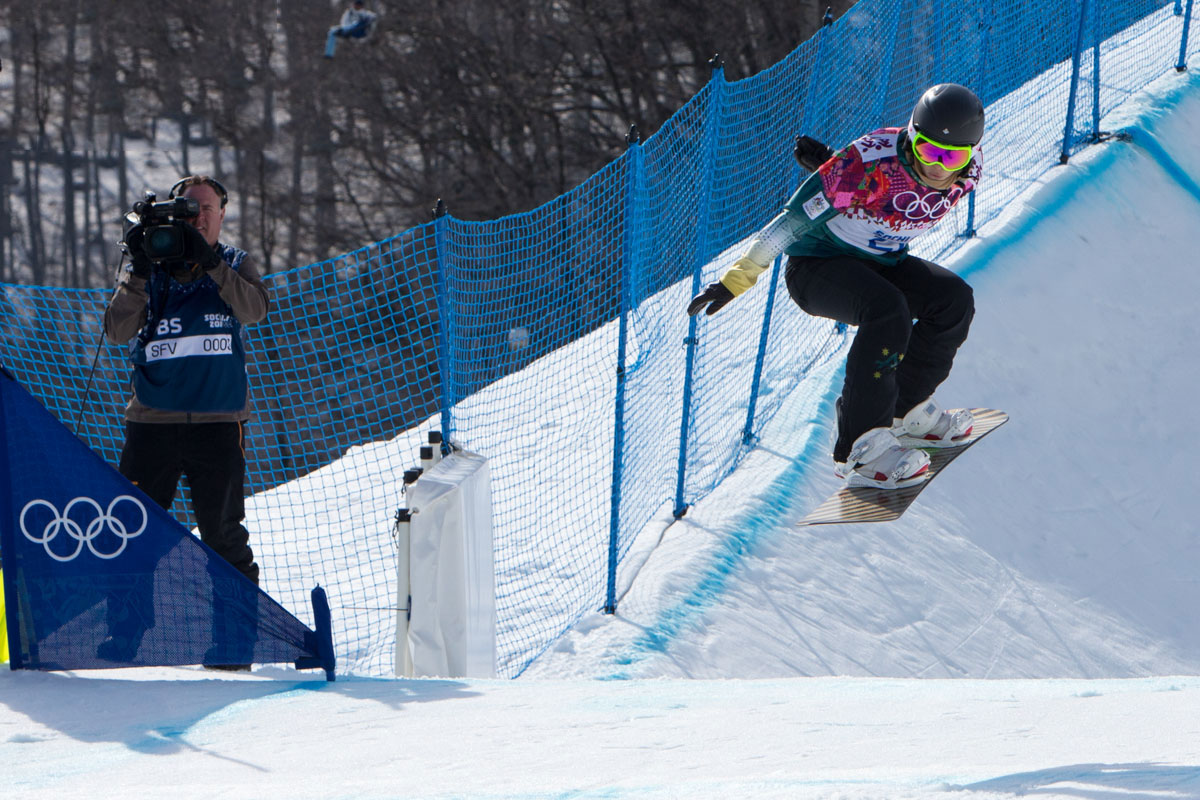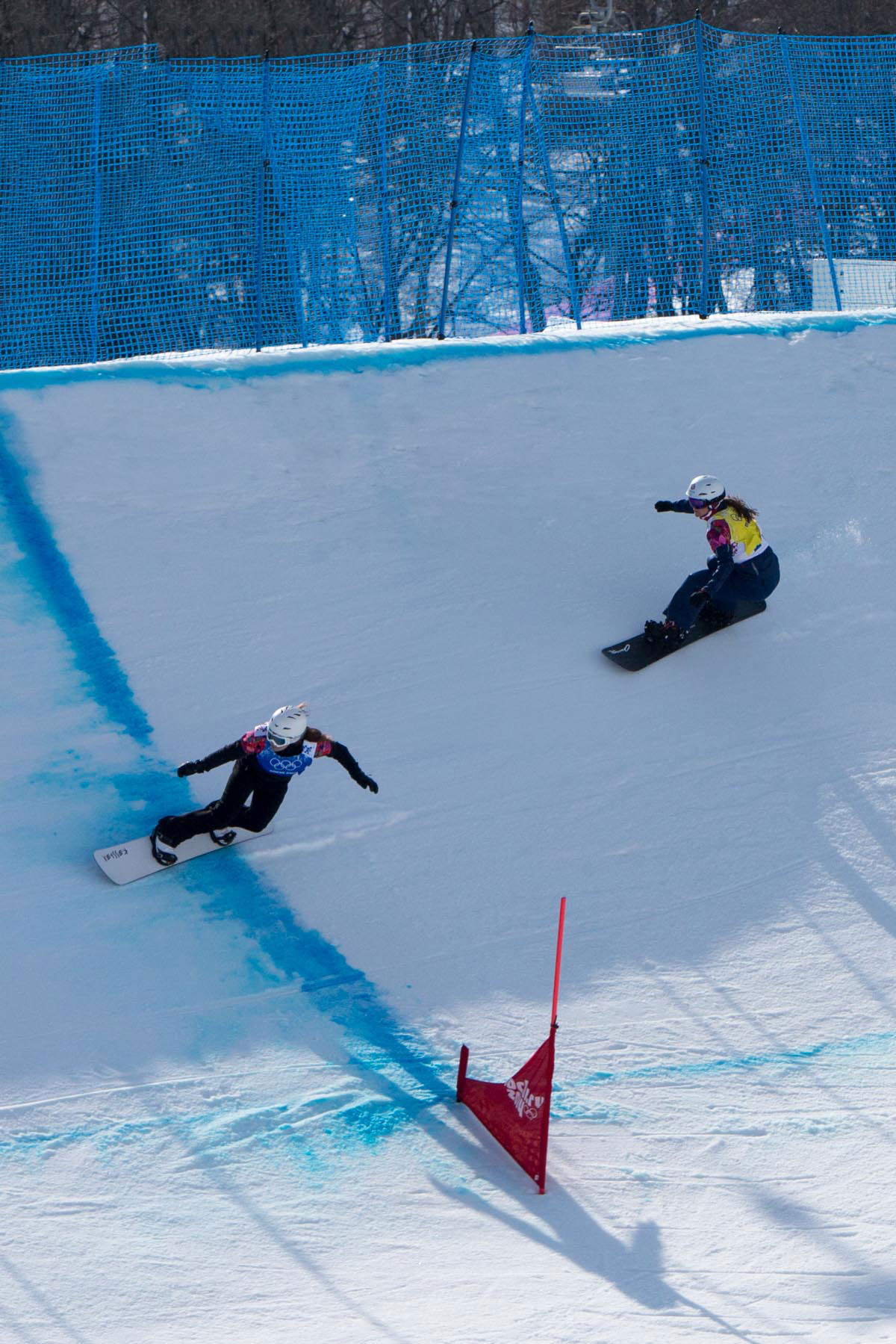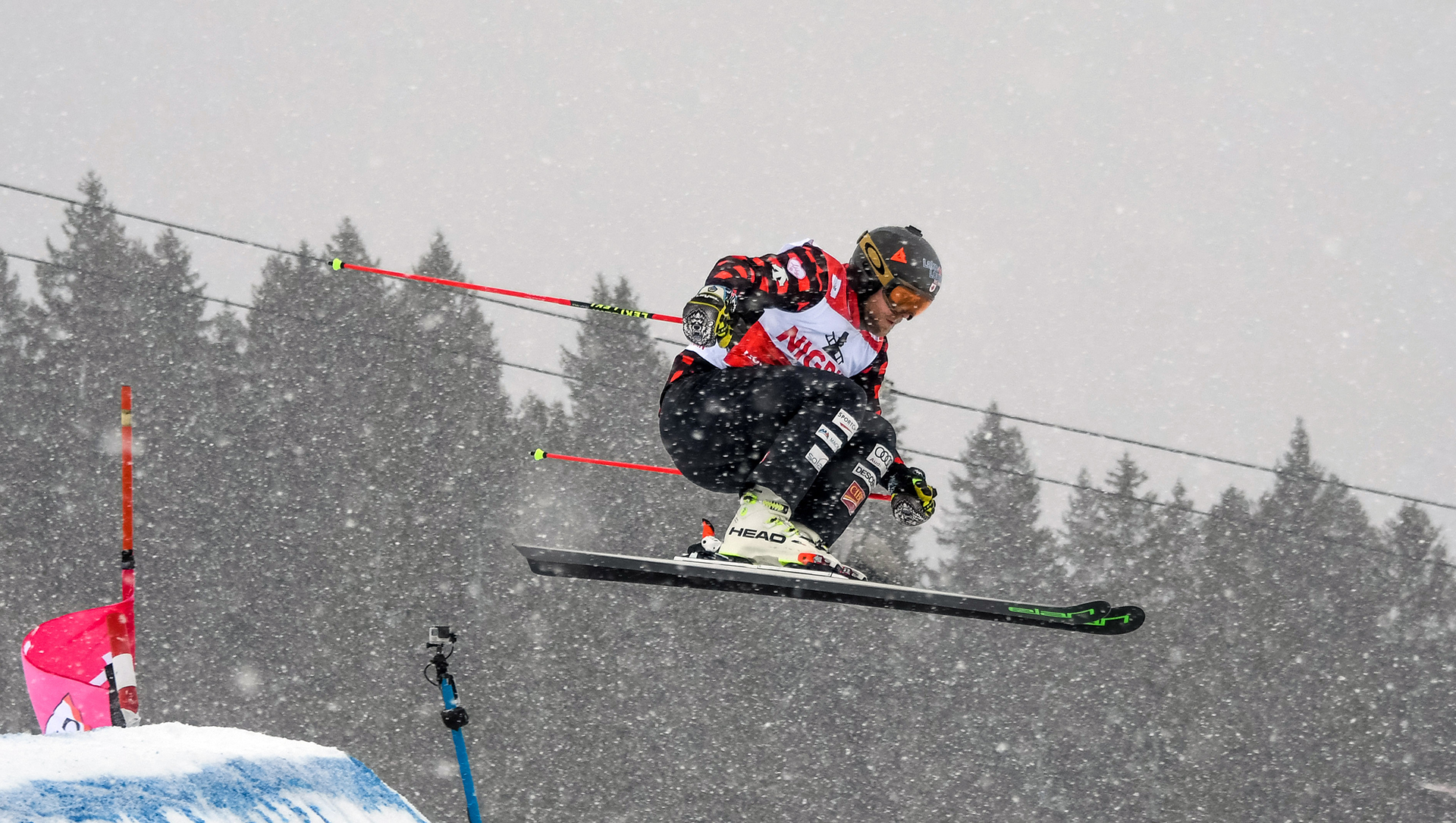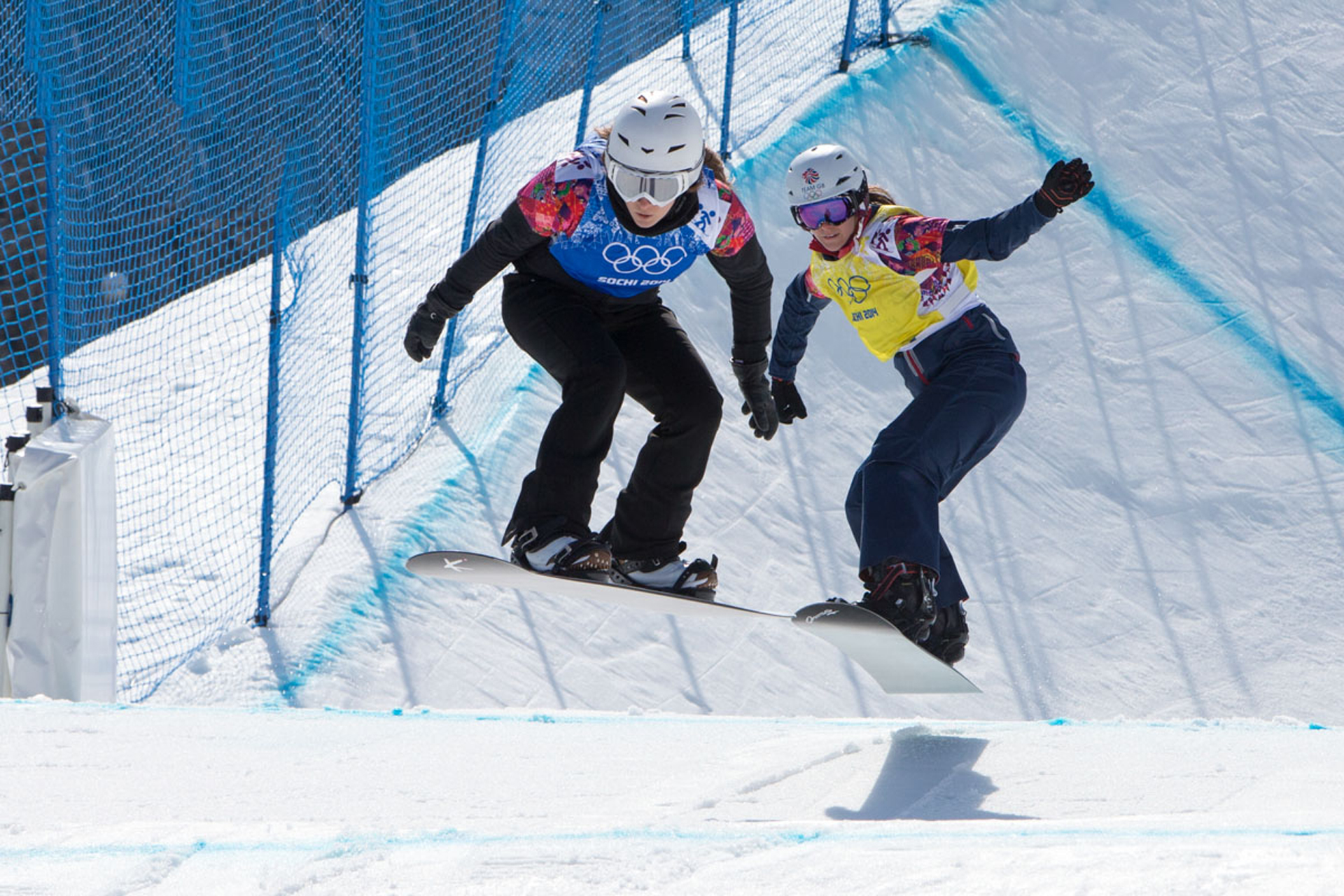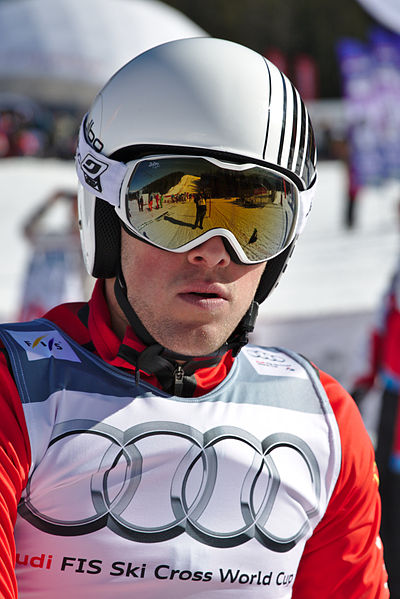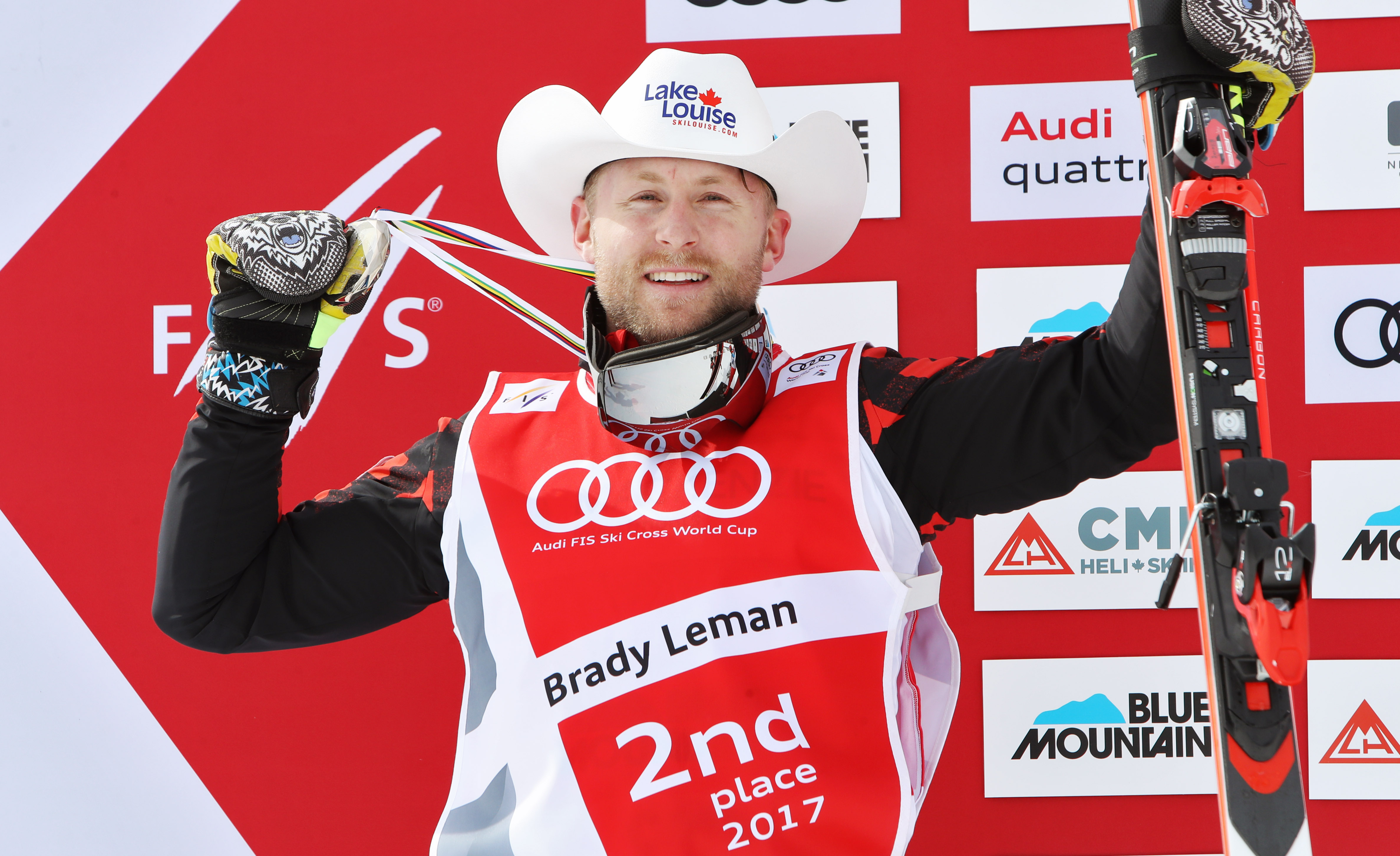What is ski cross? What is bordercross? There are a lot of disciplines in the Winter Olympics that you probably don’t come across a lot during the four years between the Games, but ski cross racing and boardercross racing can actually be two of the most exciting disciplines to watch when they’re on.
Inspired by Motocross racing, Ski cross is a sport which pits four skiers against one another in a race. Its older cousin boardercross does the same for snowboarders only with six running the course at once instead of four – a change that was made ahead of the 2014 Olympic games in Sochi. Each of the racers start the course at the same time, firing out their allocated gates when the starting gun bangs and battling it out on a course that includes banked turns, jumps and other obstacles. The first one across the finish line wins.
As Canadian Olympic ski cross star Brady Leman (who came in an agonising fourth-place at the 2014 Winter Olympics in Sochi) told us recently: “It’s super fun and exciting to watch. I love watching alpine racing but without the clock you can’t really tell what’s going on. It’s hard to tell sometimes. The 30 racers all look pretty similar.
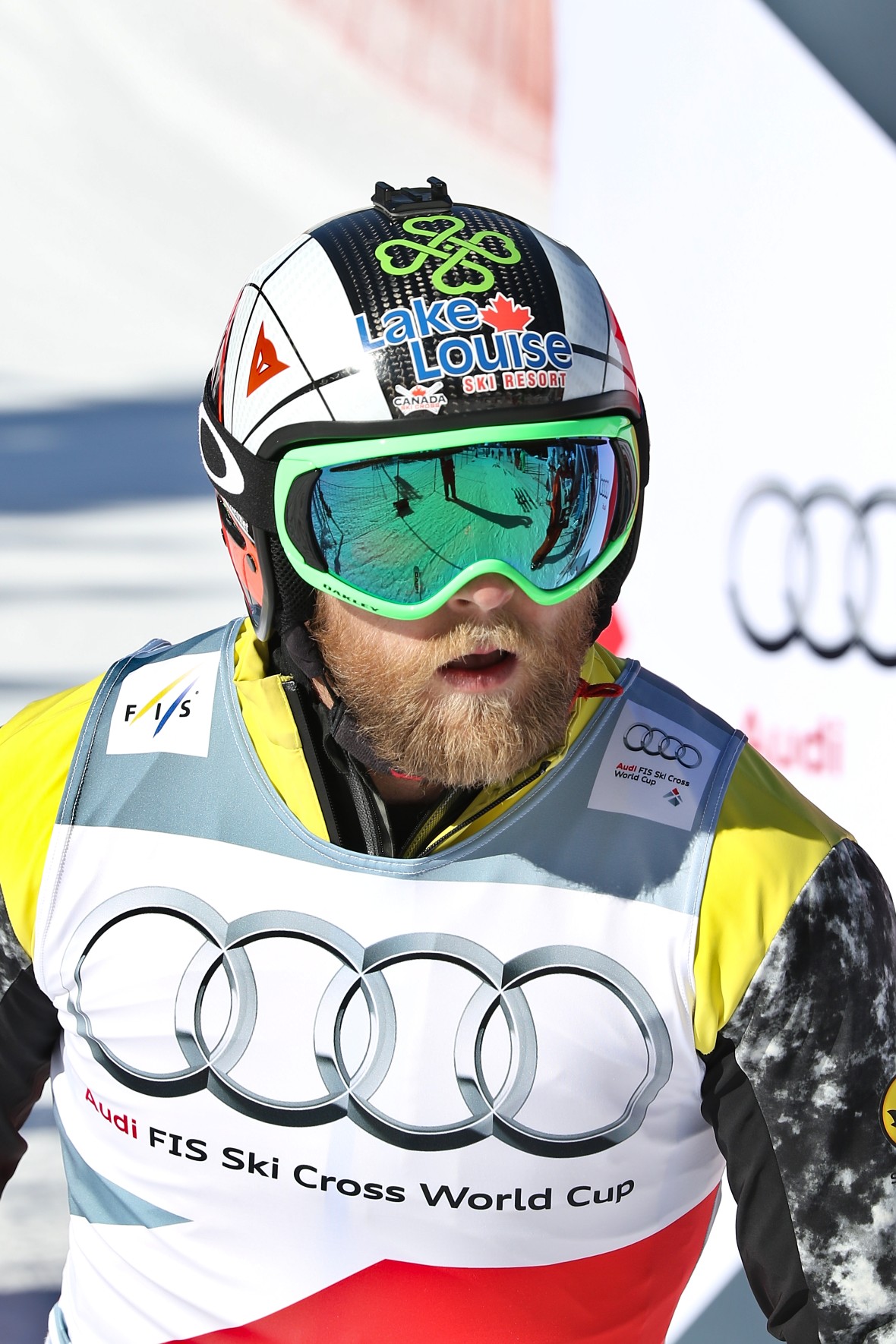
“In our race it’s really easy to tell what’s going on. The first guy to the bottom wins. It’s super spectator friendly. The races are short so the events are sort of short and sweet, and they’re just really exciting to watch. They pull you in and grab your attention.
“You find someone you like and start cheering for them throughout the race and the next thing you know they’re in the finals. It’s really engaging!”

